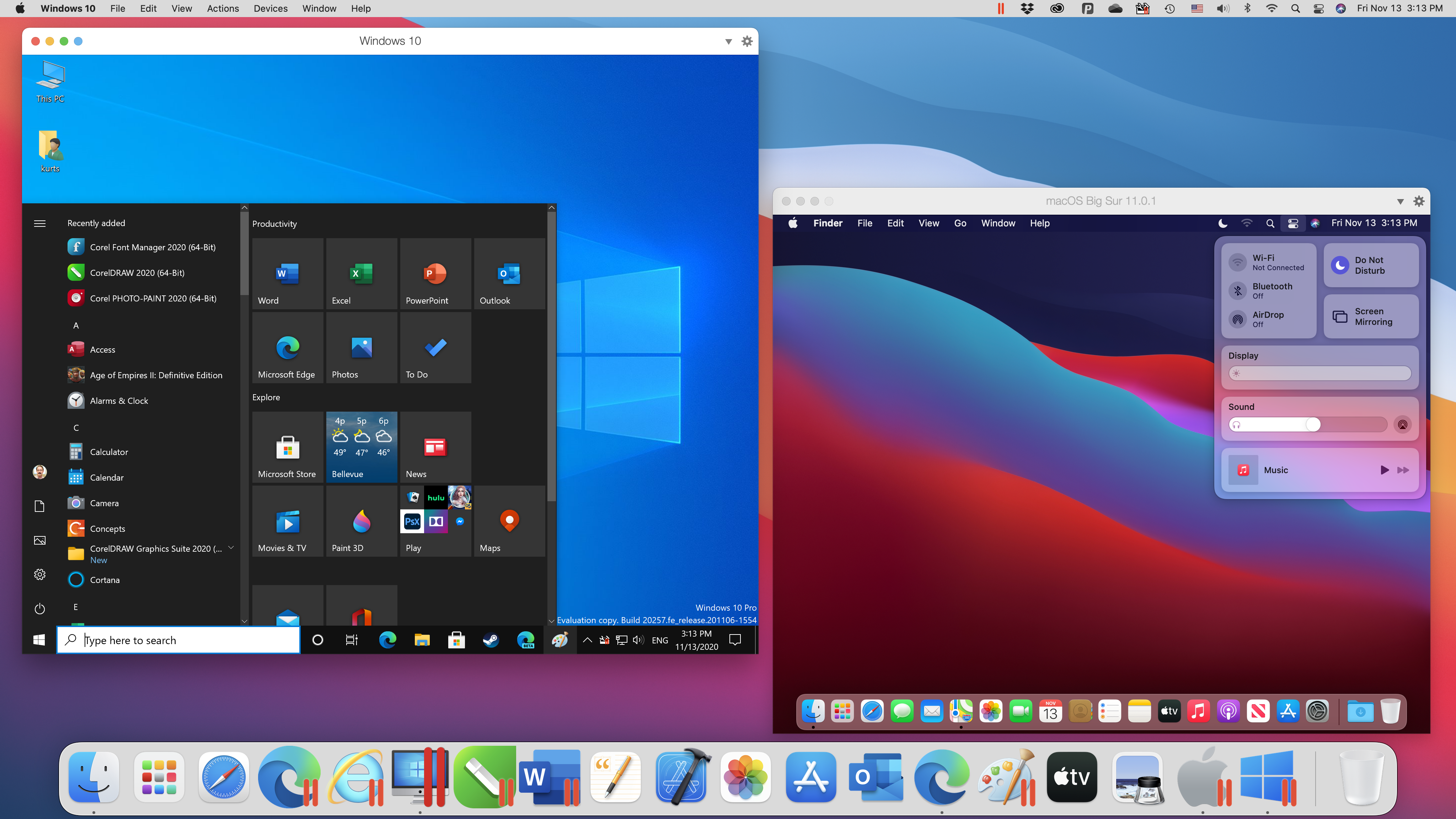

#How to allocate more ram to parallels 13 code#
It is a stack for native code written in a language other than Java.

It is used to store data and partial results. The stack memory is allocated per thread. It can be of either fixed or dynamic size. Stack Area generates when a thread creates. PhantomReference reference = new PhantomReference(new StringBuilder()) When heap becomes full, the garbage is collected. There exists only one heap for each running JVM process. While the reference of that object stores in the stack. When you use a new keyword, the JVM creates an instance for the object in a heap.
:max_bytes(150000):strip_icc()/512mb-5806f1f85f9b5805c2f3cb33.png)
Method Area is a part of the heap memory which is shared among all the threads. The memory areas are destroyed when JVM exits, whereas the data areas are destroyed when the thread exits. These areas are used during the program execution. JVM creates various run time data areas in a heap. Java memory management divides into two major parts: Thus, we are not required to implement memory management logic in our application. Java uses an automatic memory management system called a garbage collector.

Java does memory management automatically. Passing the data iteratively might help but changing the size of layers of your network or breaking them down would also prove effective (as sometimes the model also occupies a significant memory for example, while doing transfer learning).In Java, memory management is the process of allocation and de-allocation of objects, called Memory management. This gives a readable summary of memory allocation and allows you to figure the reason of CUDA running out of memory and restart the kernel to avoid the error from happening again (Just like I did in my case). Wherein, both the arguments are optional. So reducing the batch_size after restarting the kernel and finding the optimum batch_size is the best possible option (but sometimes not a very feasible one).Īnother way to get a deeper insight into the alloaction of memory in gpu is to use: _summary(device=None, abbreviated=False) Provides a good alternative for clearing the occupied cuda memory and we can also manually clear the not in use variables by using, import gcīut still after using these commands, the error might appear again because pytorch doesn't actually clears the memory instead clears the reference to the memory occupied by the variables.


 0 kommentar(er)
0 kommentar(er)
